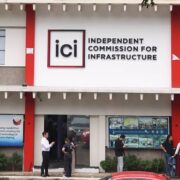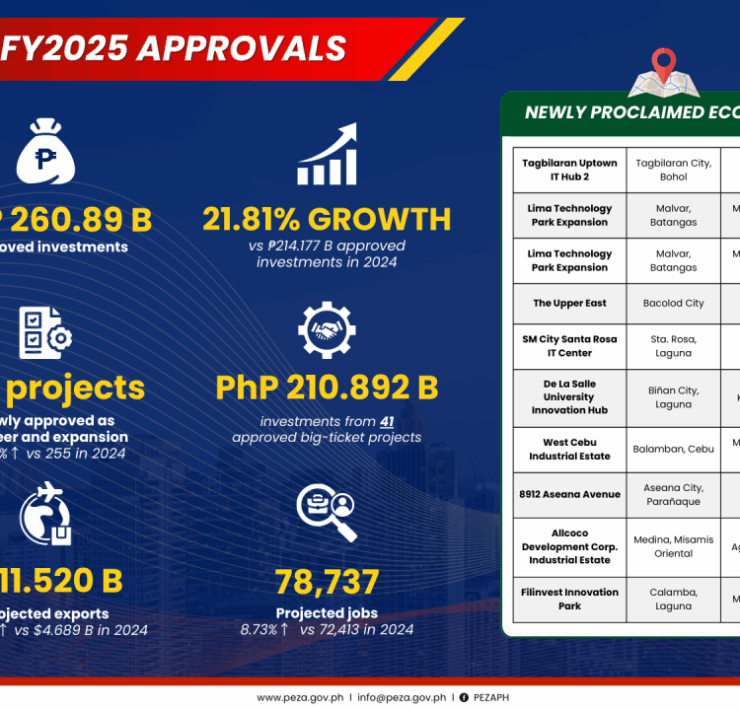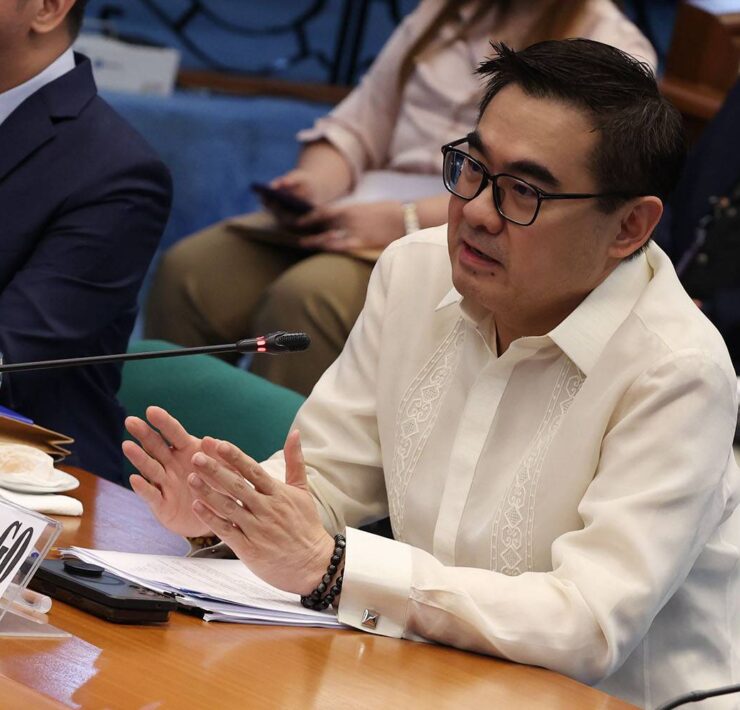IMF’s PH outlook trimmed on high-inflation aftermath
The International Monetary Fund (IMF) trimmed its growth forecasts on the Philippines for this year and the next, saying that it had turned too optimistic about consumption which is now expected to grow “with less momentum” amid lingering effects of inflation.
The Washington-based lender now expects Philippine gross domestic product (GDP) to grow 5.8 percent this year instead of the previous 6-percent forecast.
Also, the projection for 2025 was lowered to 6.1 percent from 6.2 percent previously.
If the IMF’s updated prediction comes to pass, growth would fail to hit the 6 to 7 percent target of the Marcos administration for this year, and would fall short of the 2025 goal of 6.5 to 7.5 percent.
The IMF said its expectations for consumer spending, which historically accounts for about 70 percent of the country’s economic output, have become less upbeat
At a press conference yesterday, Elif Arbatli-Saxegaard, who headed a visiting IMF team, said the Philippines is still poised to post one of the highest growth rates in the region.
“So what we have seen in the first half or the second quarter in particular, private consumption was a little bit weaker than what we had anticipated. And one reason might be because of the high food prices,” Saxegaard said.
“The level of food prices have already increased, so there will be perhaps some further effects of the high inflation as wages take time to pick up and catch up with inflation, there might still be some slower momentum in that space,” she added.
Latest data show that the economy grew 6.3 percent in the second quarter. But analysts had said the figure was magnified by favorable base effects that masked the 4.6 percent growth in consumption — a pace that was uncommonly low for the Philippines.
Meanwhile, the IMF said fiscal consolidation is happening “more moderately than envisaged in earlier projections,” something that could hold back government spending from making bigger contributions to economic growth.
To help stimulate household spending, the Bangko Sentral ng Pilipinas (BSP) in August cut the policy rate by a quarter point to 6.25 percent, kicking off what Governor Eli Remolona Jr. called a “gradual” easing cycle.
By reducing borrowing costs, the BSP wants to encourage bank lending and consumption. But Ragnar Gudmundsson, IMF resident representative, said the BSP must remain vigilant against “upside risks to inflation” that may upset its rate cutting era.
“You know, commodity prices like oil prices can fluctuate very rapidly, very widely. These are dependent on developments abroad. And this is why the data dependent approach is very important,” Gudmundsson said.
”So, yes, there is loosening, but caution is still necessary in the coming months because of an uncertain environment,” he added.





















